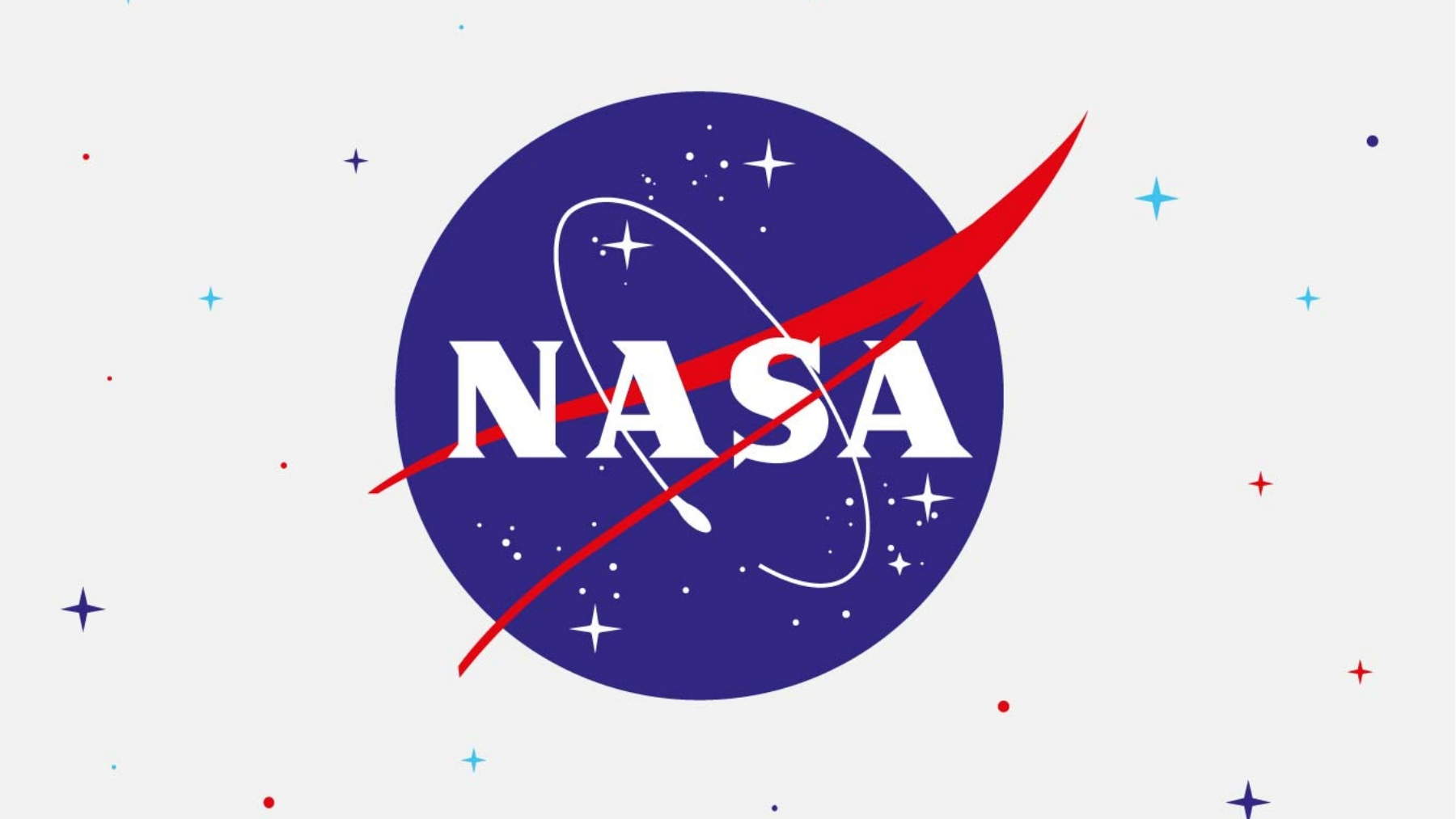NASA’s here again. They have been monitoring Earth’s magnetic field for years. That’s normal, it’s our planet, let’s think it is rutinary. What’s not normal is that a magnetic anomaly has appeared, and of course, they’re watching it very closely. It’s a magnetic irregularity growing within Earth’s magnetic field. And it has name, it is called South Atlantic Anomaly, and it is located between South America and the southwest of Africa. Wait, calm down, it’s not a direct problem for humans, but it is a risk for satellites, spacecraft or even for our own International Space Station!
Ok but what is an anomaly?
We’re talking about a specific area of the planet where the intensity of Earth’s magnetic field is much weaker than usual. This allows highly energetic solar particles to reach satellites and spacecraft orbiting that region more easily, increasing the risk of technical failures.
Let’s put it another way, the anomaly acts like a kind of “pothole” in space, an area with reduced magnetic intensity that allows charged particles from the Sun to more easily reach the technological instruments orbiting Earth.
And of course, if there’s one thing we are on Earth, it’s technological, so these impacts can cause failures, data loss or even permanent damage to key systems. That’s why the space agency takes precautions and powers down critical systems every time a spacecraft enters this region!
What’s causing this anomaly?
Let’s get a bit more specific. Earth’s magnetic field is generated by the movement of molten iron in the planet’s outer core, yep. But that generation isn’t completely uniform. According to NASA experts, a dense rocky mass located beneath Africa, known as the African Large Low Shear Velocity Province, is interfering with how the magnetic field is generated in that part of the planet.
This imbalance causes the South Atlantic region to have much weaker intensity than other parts of the planet, which gives rise to this anomaly.
Is the situation getting worse?
Well. We don’t want to scare anyone but this anomaly is not only growing, it also seems to be splitting into two distinct low-intensity magnetic cores. This evolution has been confirmed by satellites like CubeSats, and it suggests we’re looking at a dynamic and changing phenomenon, not something static.
Recent research has revealed that this anomaly isn’t new. One study suggests it has been repeating throughout the planet’s history for millions of years, which removes, at least for now, the fear that it’s a sign of an imminent magnetic pole reversal. We can breathe easy!
Why does NASA care so much?
As we were saying, satellites crossing this zone are at risk of short circuits if struck by high-energy solar protons.
Key to future models and predictions
For NASA, this is cool. It’s a huge scientific opportunity to learn more about our planet. The more they learn about how it evolves, the better they can predict its changes and adapt space missions to avoid being affected!
It also affects auroras
A 2024 discovery revealed that the South Atlantic Anomaly also has effects on the auroras we see from Earth, which further expands its potential impact on the planet’s climate and electromagnetic system.
Should we be worried?
Not for now. Although this magnetic anomaly is fascinating and has important implications for space technology, life on the surface of Earth is not in danger. Even so, the scientific community insists it’s essential to keep monitoring it, since its evolution could alter the space environment in the coming decades.
Even what happens 2,900 km beneath our feet is interesting, don’t you think!?
